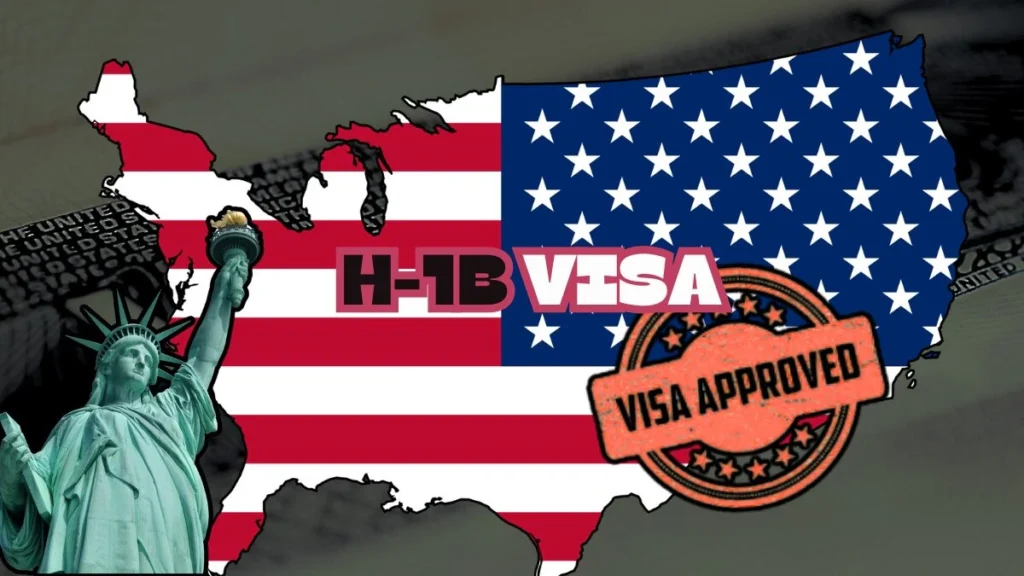In an unprecedented move, the United States has issued a staggering 10 lakh visas to Indian nationals, reflecting the growing ties and mutual cooperation between the two countries. This development marks a significant milestone in the realm of international travel and immigration, and it has far-reaching implications for students, professionals, and families alike. In this blog, we delve into the details of this remarkable achievement, exploring what it means for Indians aspiring to live, work, or study in the United States.
A Historic Achievement
The issuance of 10 lakh visas to Indian nationals is a testament to the robust bilateral relations between India and the United States. This record-breaking number underscores the increasing demand for visas among Indian citizens, driven by a variety of factors, including educational pursuits, employment opportunities, and family reunifications. It also highlights the U.S. government’s commitment to fostering cultural and economic exchanges between the two nations.

Types of Visas Issued
Student Visas (F-1, M-1, J-1): A significant portion of the visas issued were for students seeking higher education in the U.S. The American education system continues to attract Indian students due to its world-class institutions, diverse academic programs, and research opportunities.
Work Visas (H-1B, L-1, O-1): Professionals in the fields of IT, engineering, healthcare, and other specialized industries have been major beneficiaries of work visas. The H-1B visa program, in particular, has been a critical pathway for Indian professionals looking to contribute their expertise to the U.S. economy.
Tourist and Business Visas (B-1, B-2): Many Indians have also received tourist and business visas, allowing them to explore the U.S. for leisure, attend conferences, or engage in business activities.
Family-Based Visas: Family reunification remains a cornerstone of U.S. immigration policy, and many Indian families have been reunited through family-based visas.
Implications for Indian Applicants
Increased Opportunities: With a record number of visas issued, more Indians now have the opportunity to pursue their dreams in the United States. This surge in visa approvals opens doors for personal and professional growth, academic achievements, and cultural exchanges.
Streamlined Processes: The U.S. authorities have implemented various measures to streamline the visa application process, reducing waiting times and increasing transparency. This has made it easier for Indian applicants to navigate the complexities of the U.S. immigration system.
Enhanced Bilateral Relations: The issuance of 10 lakh visas is indicative of the strong and growing relationship between India and the United States. It paves the way for increased collaboration in areas such as trade, education, technology, and innovation.
Challenges and Considerations
Backlog and Wait Times: Despite the increase in visas issued, there are still challenges related to backlogs and long wait times for certain visa categories. Applicants are advised to plan well in advance and stay updated on the latest visa processing timelines.
Policy Changes: Immigration policies can be subject to change, and it is important for applicants to stay informed about any updates or amendments that may impact their visa status or application process.
Legal Assistance: Engaging an immigration attorney or consultant can be beneficial for navigating the complexities of the visa application process and ensuring compliance with all requirements.
Conclusion
The issuance of 10 lakh visas to Indian nationals by the United States is a landmark achievement that underscores the deepening ties between the two nations. This development not only opens new avenues for Indians to pursue their ambitions in the U.S. but also strengthens the cultural and economic bonds that unite India and the United States. As the demand for visas continues to grow, it is essential for applicants to stay informed, prepared, and proactive in their pursuit of opportunities across borders.

